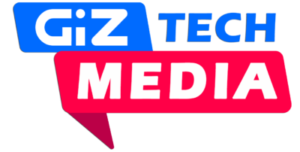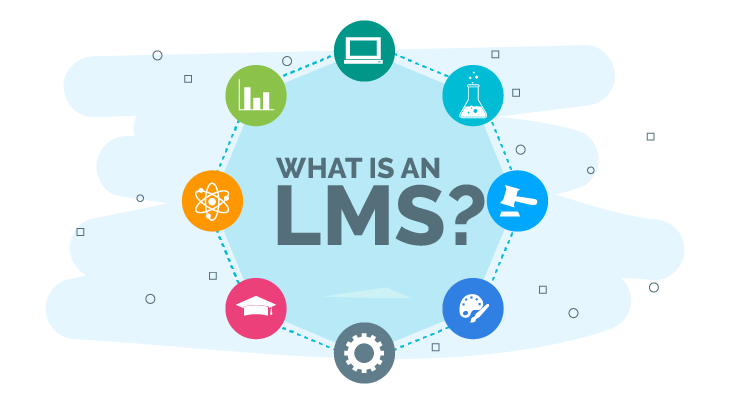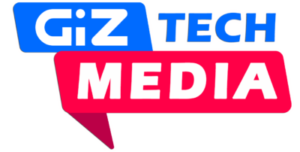LMS or CMS
LMS Development represents the Learning Management System. In fact, what the vast majority allude to as an LMS is really a CMS (Course Management System). An LMS is a stage for conveying e-content, it isn’t really a course with a guidebook and the entirety of the highlights that are required for instructing understudies. The LMS mechanizes preparing occasions: client enrollment, following course contributions, recording student information, and reports. Normally, instead of making content inside the LMS, the course creator connects substance to the framework.
A Course Management System (CMS) Development oversees understudy enlistment, tracks understudy execution, make content within the CMS, and conveys course content. Instances of CMS’s are Blackboard, Moodle, Schoology, Edmodo, and so forth…. Essentially, a CMS is intended for educating classes. A CMS will have things like conversation sheets,
Despite the fact that most frameworks we call a LMS are actually a CMS it is so inescapable this misconception will presumably propagate.
The Other CMS
CMS additionally represents Content Management System. A substance the board framework sorts out substance. Drupal is a case of a CMS. You can utilize a CMS like Drupal to go about as a unique site that showcases content dependent on the client who is marked in. For instance, Drupal can take into consideration occasion enrollment. Contingent upon who the registrant is, they will have various choices for what content they see, what meetings they can pursue, and what costs they are charged.
Google Classroom
Google Classroom is Google Drive the executives. For the instructor, Classroom takes into account setting up a mixed situation to dole out work and gather computerized work. Since it is from Google, it incorporates Google Drive in astonishing manners. As opposed to sharing records directly from Google Drive, the instructor can append reports to a task or declaration in the simple to find a stream. Google reports can be imparted to see just access, altering access or every understudy gets a duplicate.
- Google Classroom doesn’t deal with course enlistments like you would discover in a LMS or CMS.
- Google Classroom doesn’t have a gradebook.
- Google Classroom doesn’t follow understudy interest. While understudies can remark in Google Classroom, there are not conversation sheets.
- Google Classroom doesn’t coordinate testing highlights. Instructors can connect to Google Forms, Socrative, Kahoot, or other test devices. In any case, these are not local to Google Classroom.
- Google Classroom doesn’t permit instructors to make content inside the framework. Rather, educators connect to content they work in different places, for example, Google Docs.
- Google Classroom tasks can not be sorted out into modules or units.
Computerized Toolbelt
One of my preferred individuals is Catlin Tucker, the creator of “Mixed Learning in Grades 4-12.” Her way of thinking is to have an advanced device belt as opposed to an LMS. CMS/LMS attempts to be an independent situation. The grade book, conversation highlights, task choices, and so on… of the CMS/LMS probably won’t be the most ideal approach to show those highlights. Different items, that practice, conceivably improve.
Google Classroom permits the educator to make the advanced tool kit. Educators can utilize any items related to Google Classroom. This permits them to settle on more deliberate choices about what is best for their understudies.
Utilizing Classroom with Your LMS
On the off chance that an instructor is as of now utilizing a CMS/LMS, this isn’t select of Google Classroom. On the off chance that an educator is utilizing Google Documents, at that point, Google Classroom bodes well. The educator can fabricate their substance in their CMS/LMS. Headings, implanted recordings, instructional components can be in the CMS/LMS like they generally have. Dissimilar to Google Classroom, the CMS/LMS is intended to make content inside the framework. Where Google Classroom upgrades this experience is the simplicity of dispersing reports and gathering records (especially Google Docs.)
In the ways of their CMS/LMS module, instructors show to go to Google Classroom to discover assets. Hyperlinking to Google Classroom where the connection opens in another tab helps in understudies effectively getting to Google Classroom.
Much of the time reports are unintentionally shared as private and understudies can not get to the archive, causing dissatisfaction. Google Docs connected in the Classroom are naturally imparted to the understudies, dispensing with this dissatisfaction. The equivalent is valid for understudies submitting work. The instructor is naturally shared on any reports the understudy submits.
Reviewing Content Panel
Reviewing content in a CMS/LMS can be testing. Downloading each student’s’ records to the educator’s PC is not exactly ideal. This makes various adaptations of the document and it tends to be hard to track down where the records downloaded to.
Google Classroom spares all understudy work in an envelope in Google Drive. Conveniently composed by task title. This makes it simple for the educator to audit every understudy’s work and give criticism. Utilizing the see highlight in Google Drive can make investigating understudy work a snap.
Google Classroom has a versatile application that permits the understudy to submit computerized work straightforwardly to Google Classroom. The educator is additionally ready to post tasks and declarations from the application. Best is that the application permits the instructor to review and give criticism anyplace whenever.
The secret to utilizing Google Classroom as a component of the CMS/LMS is next to each other windows. Scores and remarks can be set in the CMS/LMS Development while seeing the substance in Google Classroom.



